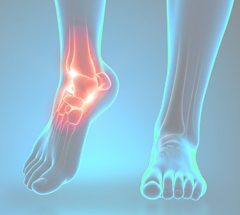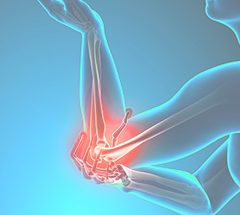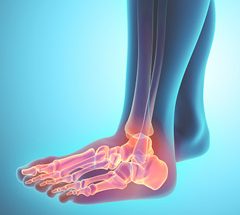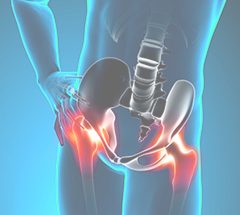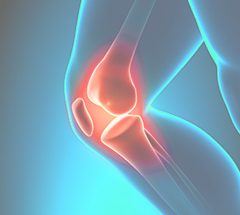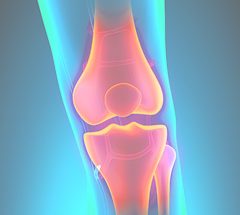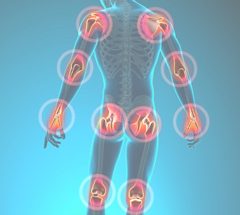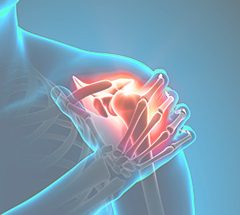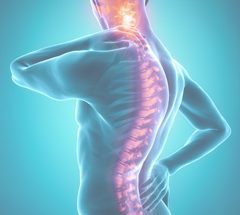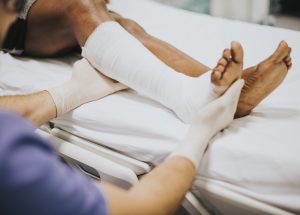Sports-Related Injuries
Ankles determine our balance and mobility so it’s no surprise that ankle injuries are among the most common we see in sports. Rapid stops and starts, unstable twists and turns, sharp cuts and frequent collisions, explosive leaps and heavy landings – sports push our bodies in unique ways and create the perfect storm for ankle injury. Not to say that you should not play. In fact, with proper preparation and knowledge of sports-related ankle issues, sports are an excellent way to strengthen healthy ankles.
Spotting Common Injuries
While sprains and breaks can be obvious, many sports-related ankle injuries often appear mildly at first and gradually worsen over time.
- Achilles Tendon Problems: These issues occur from the back of the calf down to the heel and are accompanied by pain, swelling, stiffness, redness, or bone spurs.
- Stress Fractures in the Ankle: When the bones in the ankle see repetitive stress from running or certain sports, they can suffer small cracks or heavy bruising. From absorbing the full force of our weight when we walk, run, or jump, our ankles are vulnerable to stress fractures. Pain from these injuries gradually worsens and is most noticeable during activity. Watch for swelling around the ankle, fluctuating pain levels, and tenderness.
- Ankle Sprains: Nearly half of all sprains occur during an athletic activity. Sprains involve ankle pain generally following a twist of the ankle and depending on severity they may be accompanied by discoloration, swelling, and pain. Risk of re-injury is higher during healing because the ligaments surrounding the ankle are loose.
- Broken Ankles: Ankle fractures can range from one bone break to multiple, with each break increasing the degree of instability you experience. These breaks can occur from twists, rolls, or heavy impact. Like sprains, ankle breaks will result in immediate and serious pain, swelling, bruising, and an inability to put weight on the affected foot. The ankle may also be positioned improperly if joint damage has also occurred. It’s difficult to distinguish between a sprain or fracture – if you are limping or unable to bear weight on your ankle, visit an orthopedic clinic for an evaluation.
Prevention
Double check you’re wearing the proper footwear for the sport you’re playing. Consider the surfaces you’ll be exercising on when you explore sports footwear – turf or grass, hardwood or asphalt, etc. Investing in a quality pair of cleats or high-top athletic sneakers can save your ankles and your wallet in the long run. You’ll most likely get what you pay for. Ask an orthopedic specialist about potentially taping your ankles or wearing braces, and how effective they may be.
Exercising without warming up or stretching tight muscles, particularly the calves, can require more work from the Achilles tendon and increase your likelihood of developing tendon issues. Make sure to warm up before activity and cool down afterward, and regularly stretch to strengthen the muscles around your ankles and improve your balance. Try heel walking and calf raises to increase strength as well.
Evaluate your activity levels to see how fit you are for the task at hand. While you may have been an all-star athlete at one point, your body may not have the same capabilities as you age or after an injury. By gradually increasing intensity and duration, you can reduce your chance of injury.
Treatment
Ankle injuries can be diagnosed by our orthopedic doctors on the Eastside and graded depending on their severity. Grade 1 means there has been minimal tearing, Grade 2 means moderate tearing, and Grade 3 implies there has been a complete tear. Consult a sports medicine specialist to learn more about ankle injury prevention or treatment programs.





